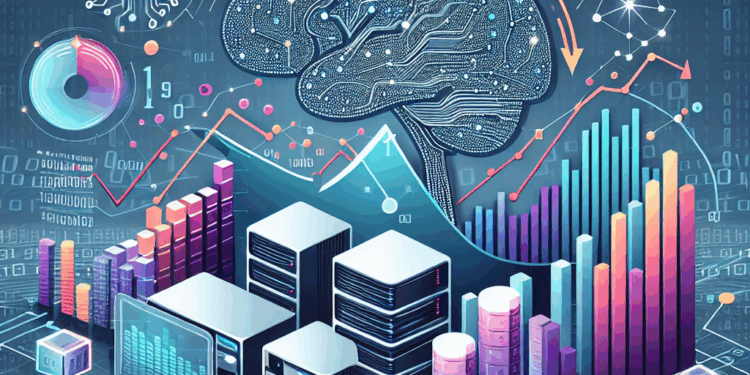Real-time Data Analysis with Deep Learning: Applications and Techniques
In an era driven by a flood of information, the capability to analyze data in real-time has become increasingly critical. As businesses and organizations strive to respond swiftly to dynamic market conditions, real-time data analysis facilitated by deep learning techniques offers significant advantages. By harnessing neural networks’ computational power, organizations can analyze streaming data and make informed decisions almost instantaneously. This article delves into the applications and techniques that underscore the importance of real-time data analysis with deep learning.
The Importance of Real-time Data Analysis
Real-time data analysis is the process of continuously inputting data into a system and generating instant insights. In contrast to batch processing, which is characterized by delayed reactions, real-time analysis enables organizations to make decisions based on current data, enhancing responsiveness and operational efficiency. This capability is becoming vital in sectors such as finance, healthcare, e-commerce, and smart cities, where rapid fluctuations in data can significantly affect outcomes.
Deep Learning Techniques for Real-time Analysis
-
Convolutional Neural Networks (CNNs): Primarily used in image and video analytics, CNNs are instrumental in processing visual data. For instance, they enable real-time video surveillance systems to detect anomalies or potential security threats automatically. Furthermore, in applications like autonomous vehicles, CNNs analyze live video feeds to interpret surroundings and make instantaneous driving decisions.
-
Recurrent Neural Networks (RNNs) and Long Short-Term Memory Networks (LSTMs): RNNs are particularly well-suited for sequence prediction, making them ideal for real-time applications involving time-series data. LSTMs, a specialized form of RNN, excel at handling long-range dependencies, which is crucial for applications like stock price prediction based on historical data trends or monitoring patient vitals for early detection of medical emergencies.
- Transformer Models: Since their introduction, transformer models have revolutionized natural language processing (NLP) and are increasingly being utilized in real-time applications. Their ability to process sequences of data efficiently empowers applications such as real-time customer support chatbots, which provide instant responses based on user queries.
Applications of Real-time Deep Learning
-
Finance: In the financial sector, algorithms analyze trading data in real-time to execute trades based on predefined conditions. Machine learning models detect unusual patterns that could signify fraudulent activity, allowing companies to react swiftly and mitigate risk.
-
Healthcare: Real-time monitoring of patients’ health metrics through wearables and IoT devices leverages deep learning for early detection of health anomalies. For instance, predictive models analyze data from heart monitors to alert medical staff about potential cardiac issues before they escalate.
-
E-commerce: Online retailers use deep learning to personalize customer experiences in real-time. Recommendation systems analyze user behavior and browsing patterns to suggest products instantly, enhancing user satisfaction and driving sales.
- Manufacturing: Smart factories leverage real-time data analysis for predictive maintenance. Deep learning algorithms process data from machinery sensors, enabling manufacturers to predict equipment failures before they occur, minimizing downtime and optimizing production processes.
Conclusion
The intersection of real-time data analysis and deep learning technologies serves as a catalyst for growth across various industries. With the ability to analyze vast amounts of data instantaneously, organizations can make informed decisions, improve operational efficiencies, and enhance customer experiences. As advancements in deep learning continue to evolve, the applications of these techniques in real-time scenarios will only expand, promising a future where data-driven decision-making is not just a luxury but a fundamental aspect of operational strategy. Embracing these innovations will be key for organizations aiming to thrive in an increasingly fast-paced digital landscape.











